| Car Albums | |||||
| Makers | |||||
| Models | |||||
| Rover P4 website | |||||
| Designer: David Bache | |||||
| Full menu functions for the buttons above are only available if you ALLOW BLOCKED CONTENT. My menu scripts provide drop-down menus that have been tested with the latest Mozilla browsers. If the scripts do not run, limited navigation is given by these buttons | |||||
Rover P4 The Rover P4 was intended to re-start Rover sales after World War Two, but development was not finished by 1945 and resources were being used on the Land-Rover. Instead Rover bought time by launching the traditional-looking Rover P3 in '60' and '75' versions based on a new chassis and two new engines. The P500/P501/P502 prototypes were based on the new P3 chassis and engine, clothed in bodies so close to the Studebaker Champion that these prototypes were known as 'Roverbakers'. Maurice Wilks oversaw the body design by Harry Loker, and even insisted on the central foglamp which got the P4 named 'Cyclops' at launch in 1949. The first model was the '75' with a 2103cc straight-6 engine from the P3 and an improved chassis from that car. In 1953 the 4-cylinder 1997cc engine from the Land-Rover was given to the cheaper Rover 60, and a more expensive Rover 90 introduced with a 2639cc 6-cylinder engine. Various other upgrades were introduced, with the 75 becoming 80, the 90 becoming the 100 and later 105. The final models were the 95 and 110. The 'cyclops' front gave way to a new grille and front from March 1952 and the rear window was widened. The second restyle was given in 1955 by David Bache when he enlarged the boot, gave a 3-piece rear window and tidied up the frontal styling. Production ended in 1964. |
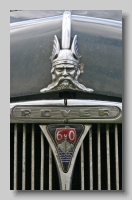
|
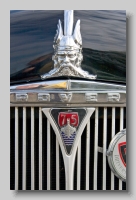
|
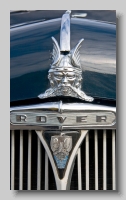
|
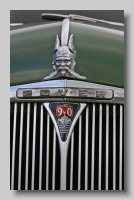
|
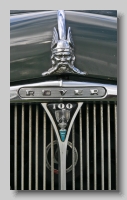
|
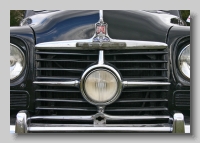
|
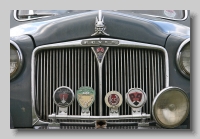
|
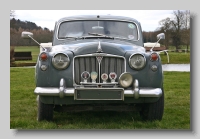
|
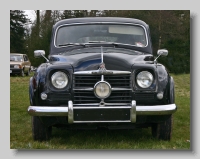
|
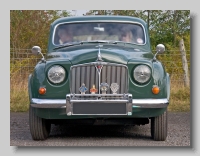
|
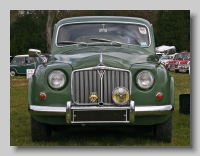
|
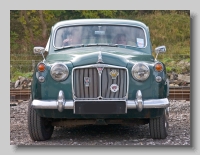
|
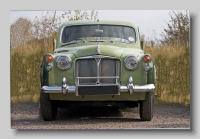
|
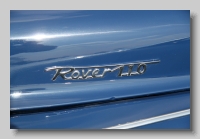
|
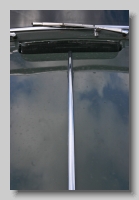
|
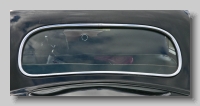
|
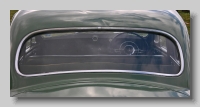
|
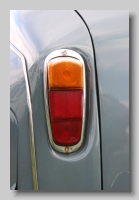
|
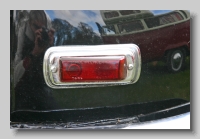
|
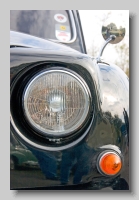
|
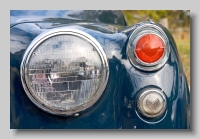
|
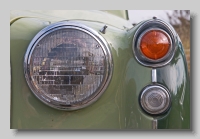
|
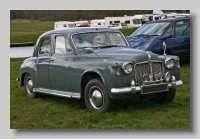
|
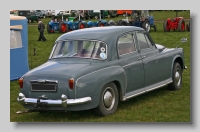
|
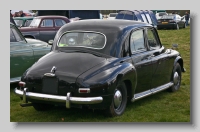
|
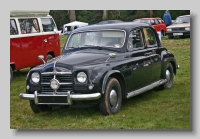
|
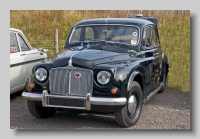
|
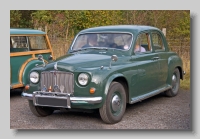
|
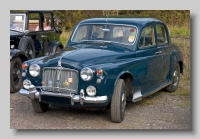
|
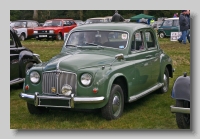
|
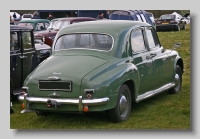
|
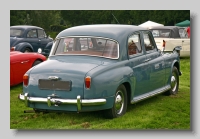
|
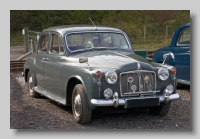
|
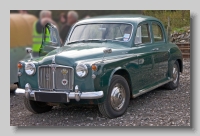
|
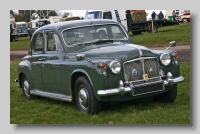
|
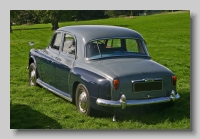
|
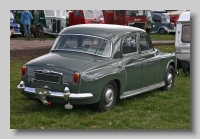
|
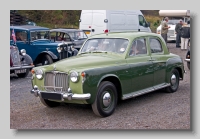
|
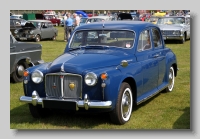
|
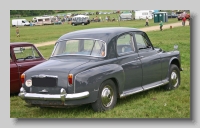
|

|
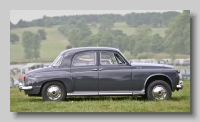
|
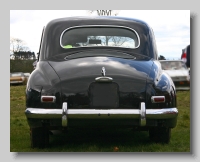
|
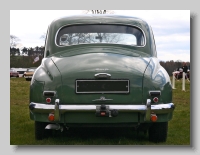
|
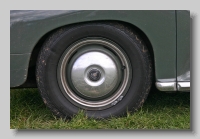
|
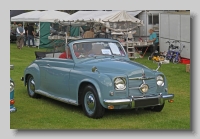
Rover 75 (P4) Drophead
|
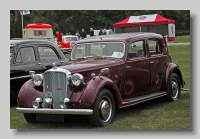
Rover P3, 60 and 75
|
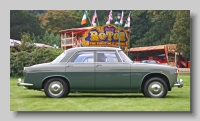
Rover P5, P5B and Coupe
|
| British Cars | Simon Cars | ||||
Images created by Simon GP Geoghegan Email Simon